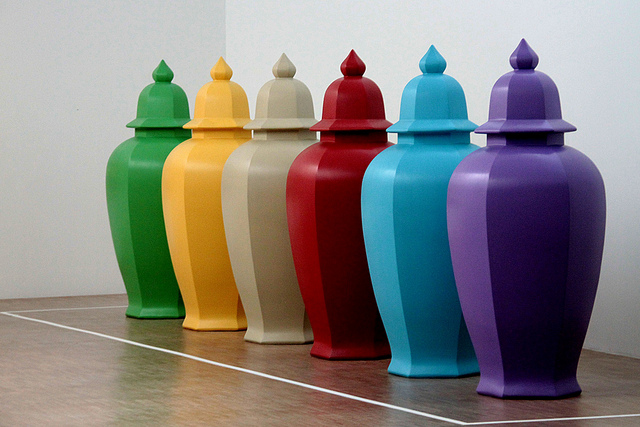Get to know glass fiber reinforced concrete
If you’re always on the lookout for interesting decorative materials, get to know glass fiber reinforced concrete. If the word “concrete” immediately makes you worry about weight, you should definitely read on.
Glass fiber reinforced concrete (GFRC) is used to create façade panels, shaped concrete, countertops and other similar surfaces. GFRC can also be used for smaller, free-standing pieces and decorative molding. It can be used in interior and exterior structural and non-structural applications.
Glass fiber reinforced concrete is versatile, strong
Glass fiber reinforced concrete is made of sand, cement, polymers and glass fibers. It sounds a lot like regular old concrete, except that it doesn’t contain any rock aggregate. This lightens up GFRC substantially. It also makes it more amenable to being shaped, flexed, stretched and compressed without breaking or cracking. Glass fiber reinforced concrete is also strong, which makes it desirable in building and decorating applications.
The secret to GFRC’s strength is the glass fibers. The glass fibers give the mixture its tensile strength under load, while the polymers distribute the load evenly.
GFRC can be made by spraying the concrete mixture into forms while long glass fibers are added. This allows GFRC to be cast in place, and eliminates the need for separate transportation and installation. It also allows the concrete to be shaped in virtually any form.
GFRC can also be made by premixing the glass fibers into the concrete-polymer mix. These fibers are shorter and are not as strong as their “sprayed up” counterparts.
A hybrid method of creating GFRC combines the spray and premixed method. Using this approach, a thin facing coat is sprayed into a mold, then a fiber-reinforced mixture is added to the mold. This approach is usually used to make concrete countertops.
Glass fiber reinforced concrete is about 75 years old. It was first developed in Russia in the 1940s, but didn’t gain much traction until the 1970s. The technique has been tweaked a bit, but it’s gained popularity as the price of cement has risen. GFRC can be created for somewhere between $3 and $4 per square foot.
GFRC can be surface treated in a number of ways, including etching, sand blasting, polishing, dyeing and painting. It can also be pigmented during production. You can use Glassprimer™ glass paint on surfaces like GFRC. Glassprimer™ glass paint makes a permanent bond with surfaces like concrete, and offers exceptional UV resistance.
If you’d like more information about Glassprimer™ glass paint, please visit the rest of our site. If you’d like to purchase Glassprimer™ glass paint, please visit our online store .
Photo Credit: OliBac, via Flickr.com

